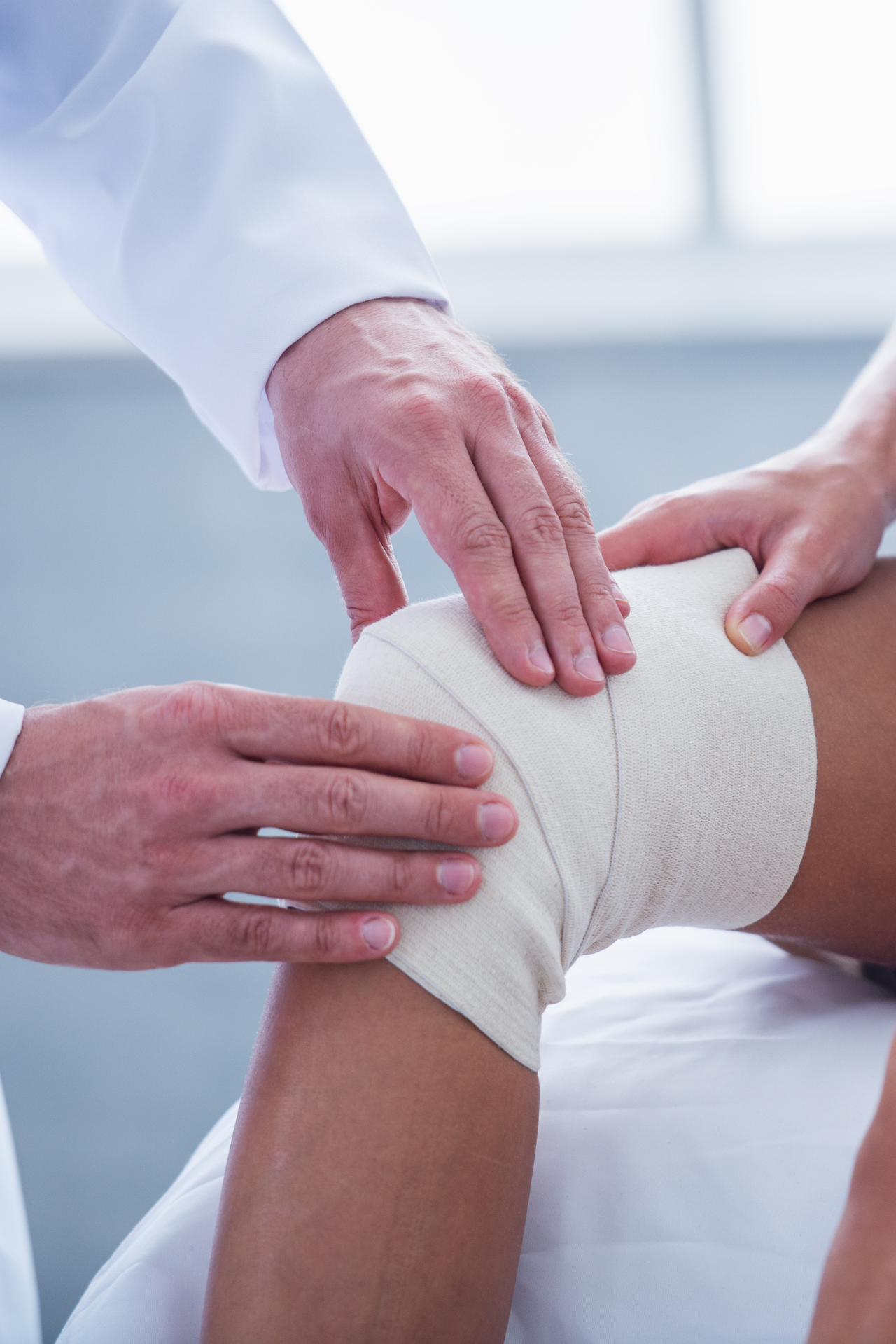
What We Treat
Types of ACL Surgery
Dr. Max Greig takes a highly personalized approach to ACL repair, carefully considering each patient's unique needs, lifestyle, and goals to determine the most suitable surgical method. He begins with a comprehensive evaluation, including detailed imaging studies and a thorough assessment of the patient's physical health, activity level, and specific sports or occupational demands.
Based on this information, Dr. Greig collaborates with patients to select the optimal type of graft—be it hamstring, patellar tendon, quadriceps tendon, or allograft—that will provide the best stability, durability, and recovery timeline. His commitment to tailored care ensures that each patient not only achieves optimal functional recovery but also returns to their daily activities and sports with confidence and safety.

.webp)
.webp)






.webp)


